HDR Testing Halide, Lightroom, and Stock Camera App on the iPhone 11 Pro
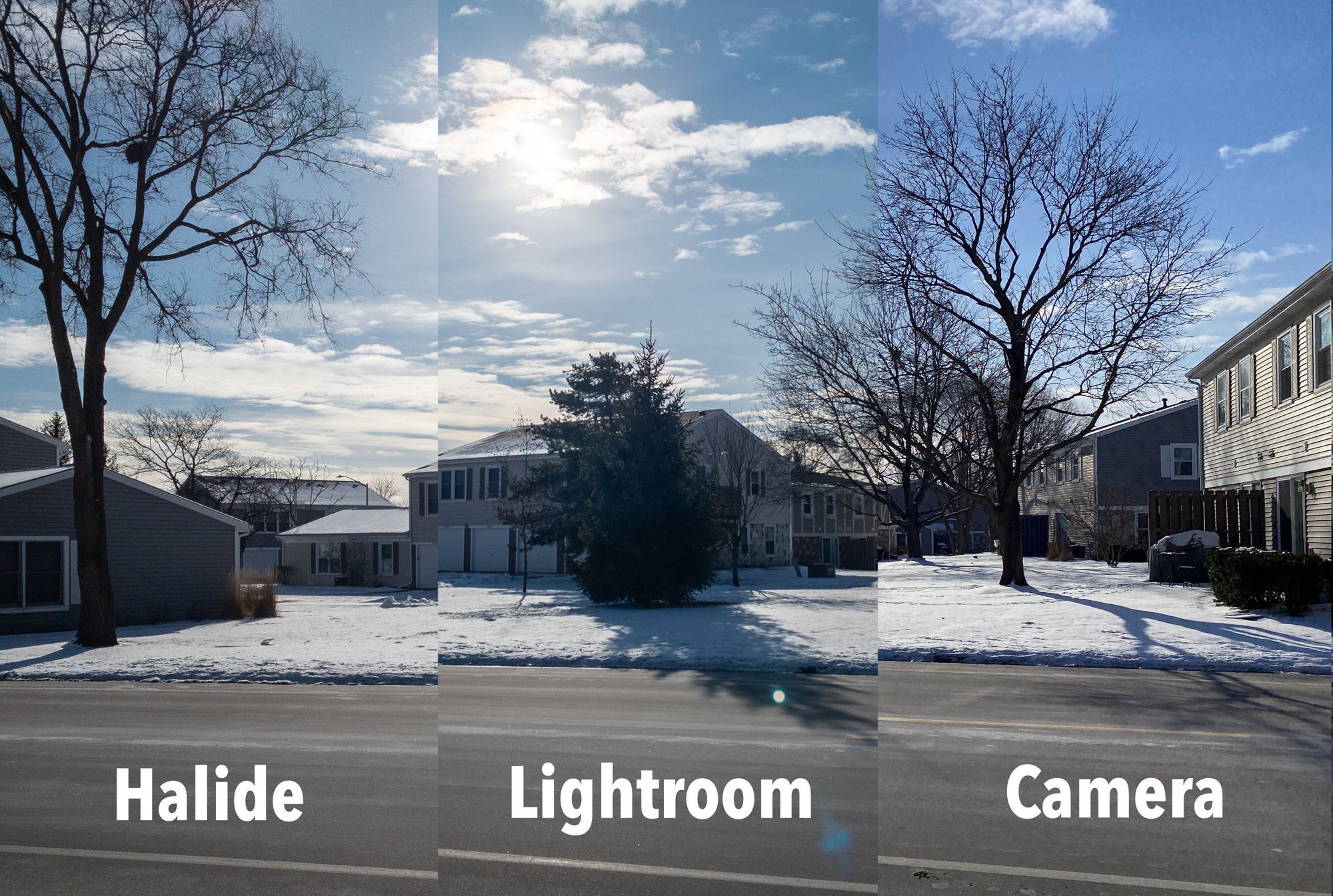
As I’m one to do, I saw a cool lighting situation this morning and decided it was a great chance to do a photo comparison. I only had my iPhone with me, so I decided to test how well the three apps I use the most for photography handle HDR situations. First, a quick recap of each app.
Halide
An amazing app for RAW image capture. As far as I know, this app does nothing special for HDR situations, but delivers a high quality RAW (DNG) image file that you can use to edit later.
Lightroom
Mostly used for editing, the camera component of Adobe Lightroom does not get the love it deserves. You can toggle the app into an HDR mode, which will capture several images, patch them together, and do some automatic edits to save your highs and lows.
Stock Camera
This is what most people use, and as of the last year or two, it’s my go-to for most mobile photography as well. It takes upwards of a dozen photos and combines them into one shot that is just a JPEG, but should have the highs and lows fixed so I can see them clearly.
Shadows
Let’s look at the dark part of the image first:
Halide
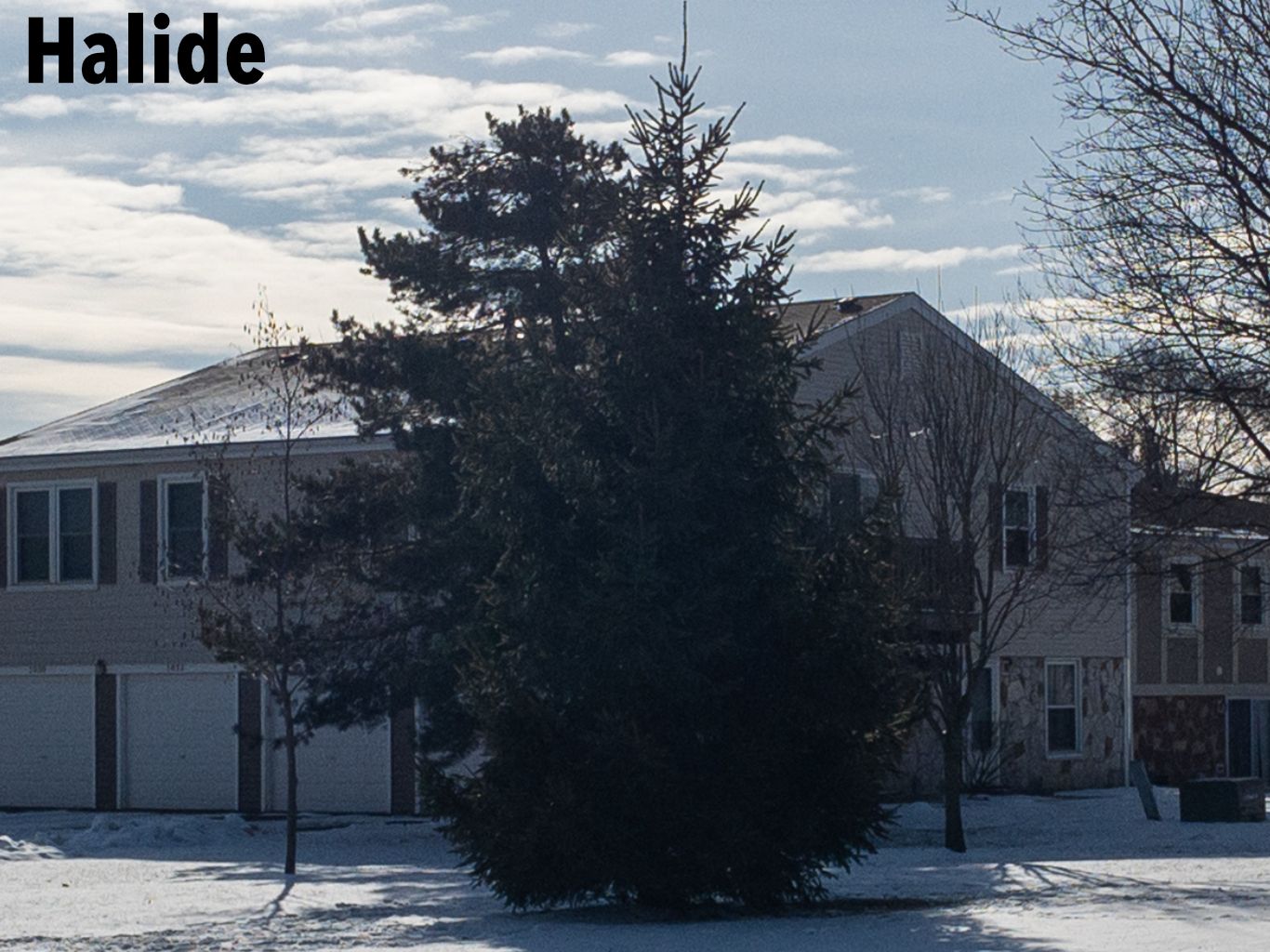
Lightroom
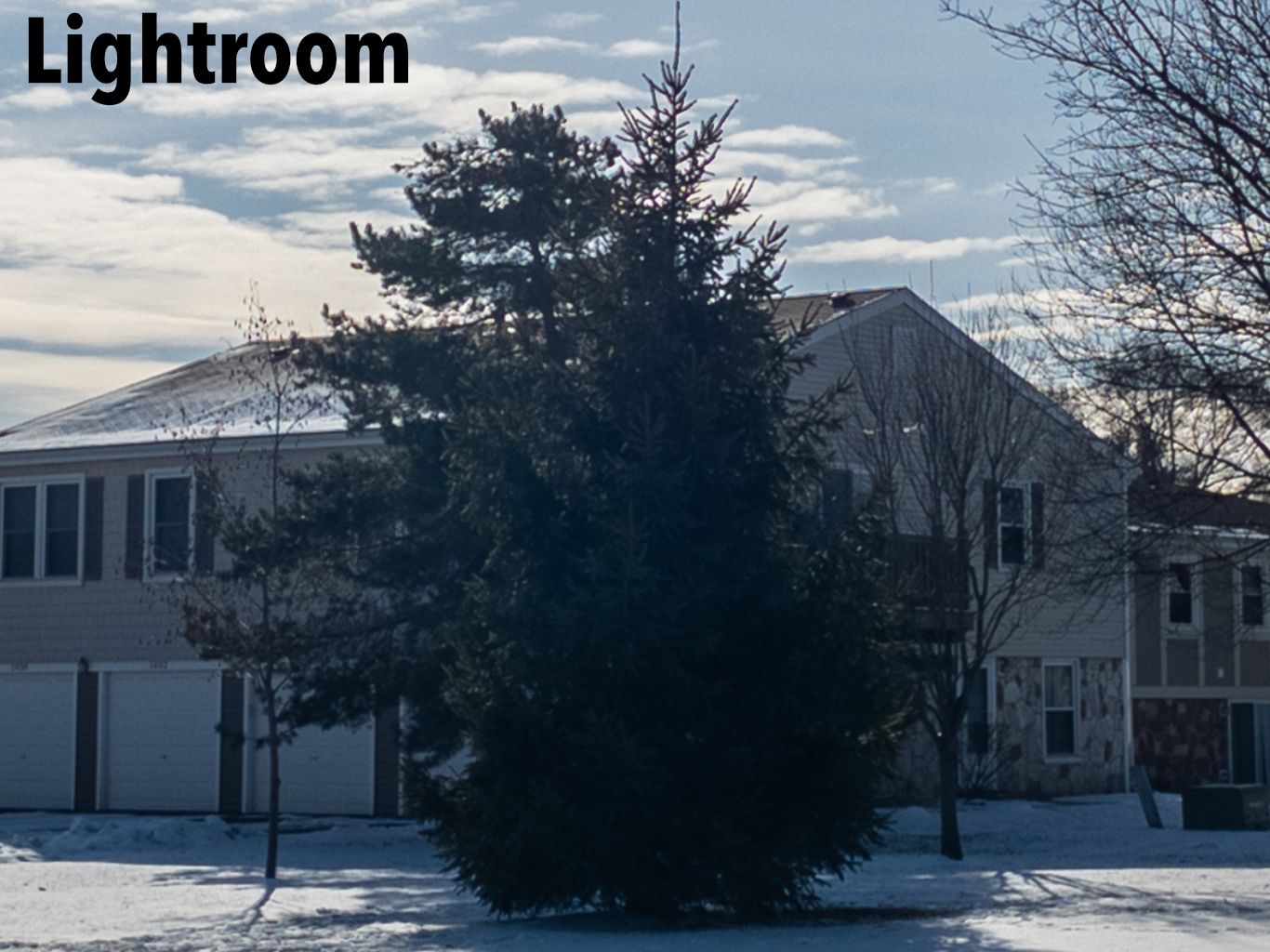
Stock Camera
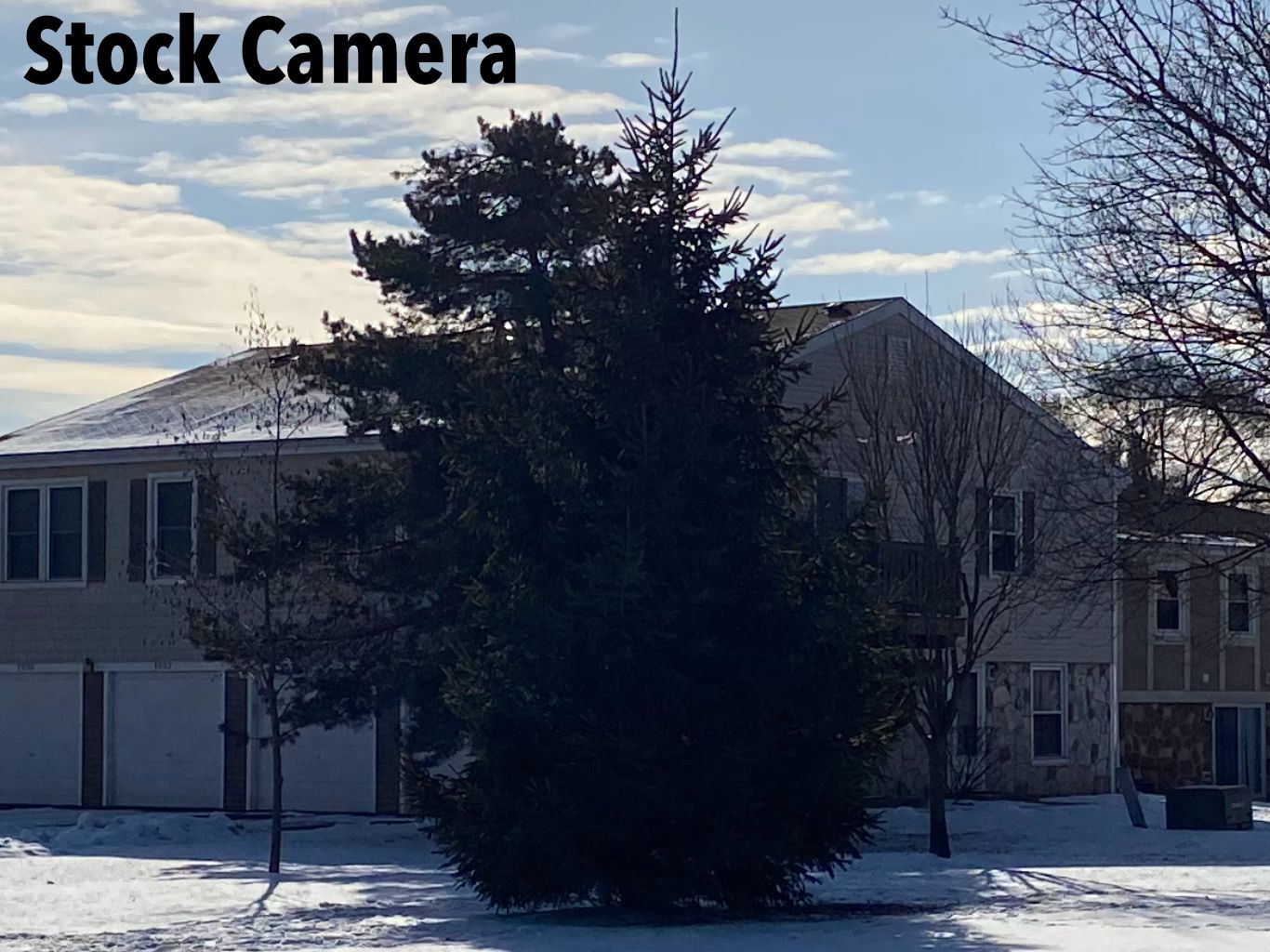
I think Halide is the worst of the bunch here, both in terms of retaining details, as well as in image clarity. Of the two remaining, I think I have to go with the stock camera app due to its excellent clarity, lack of noise, and generally good data retention. Lightroom captures more information in the tree, but there are enough artifacts from the multi-image capture (see the top of the tree) to make it not worth the extra detail.
Highlights
Next, up let’s look at the highlights.
Halide
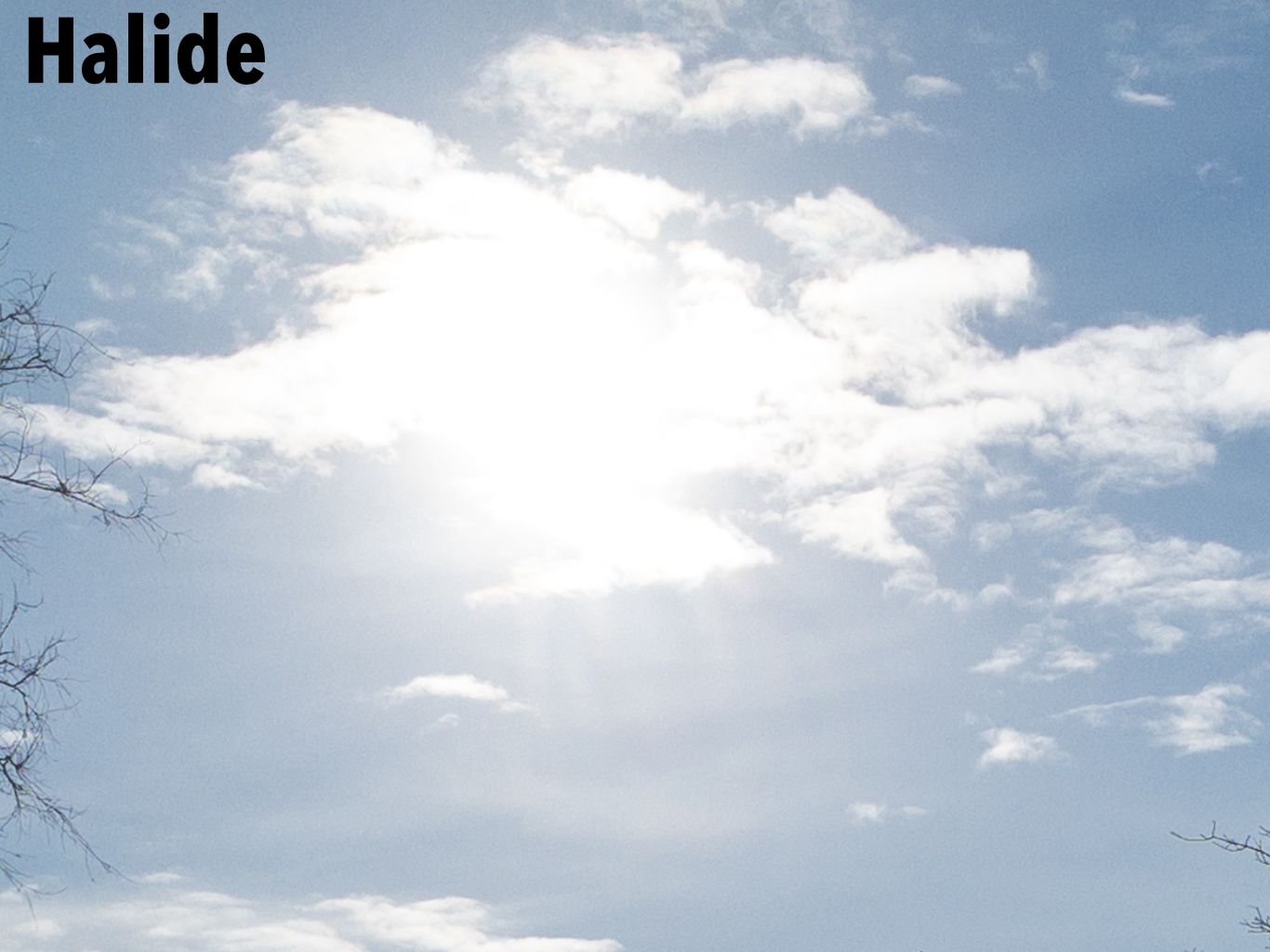
Lightroom
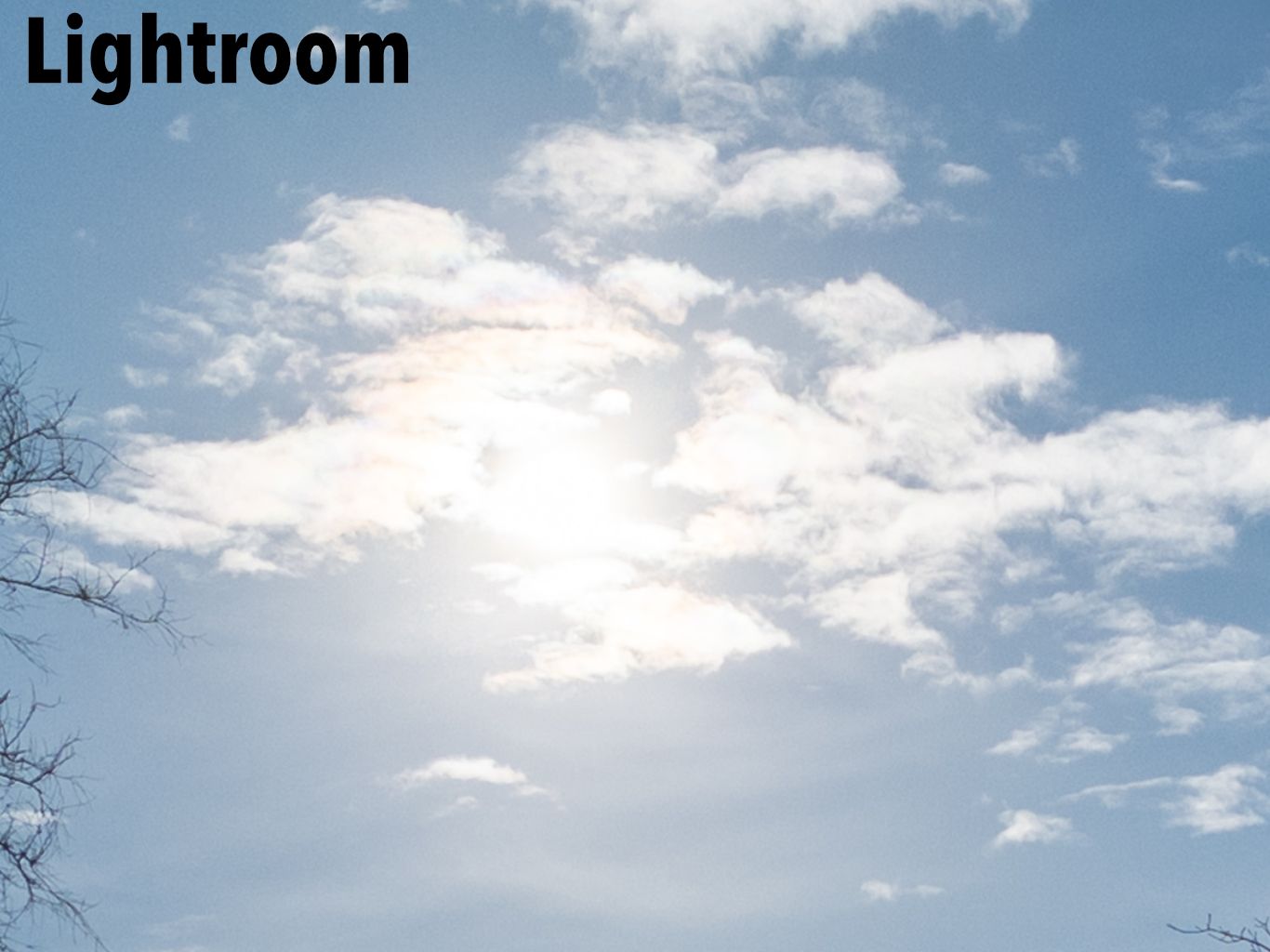
Stock Camera
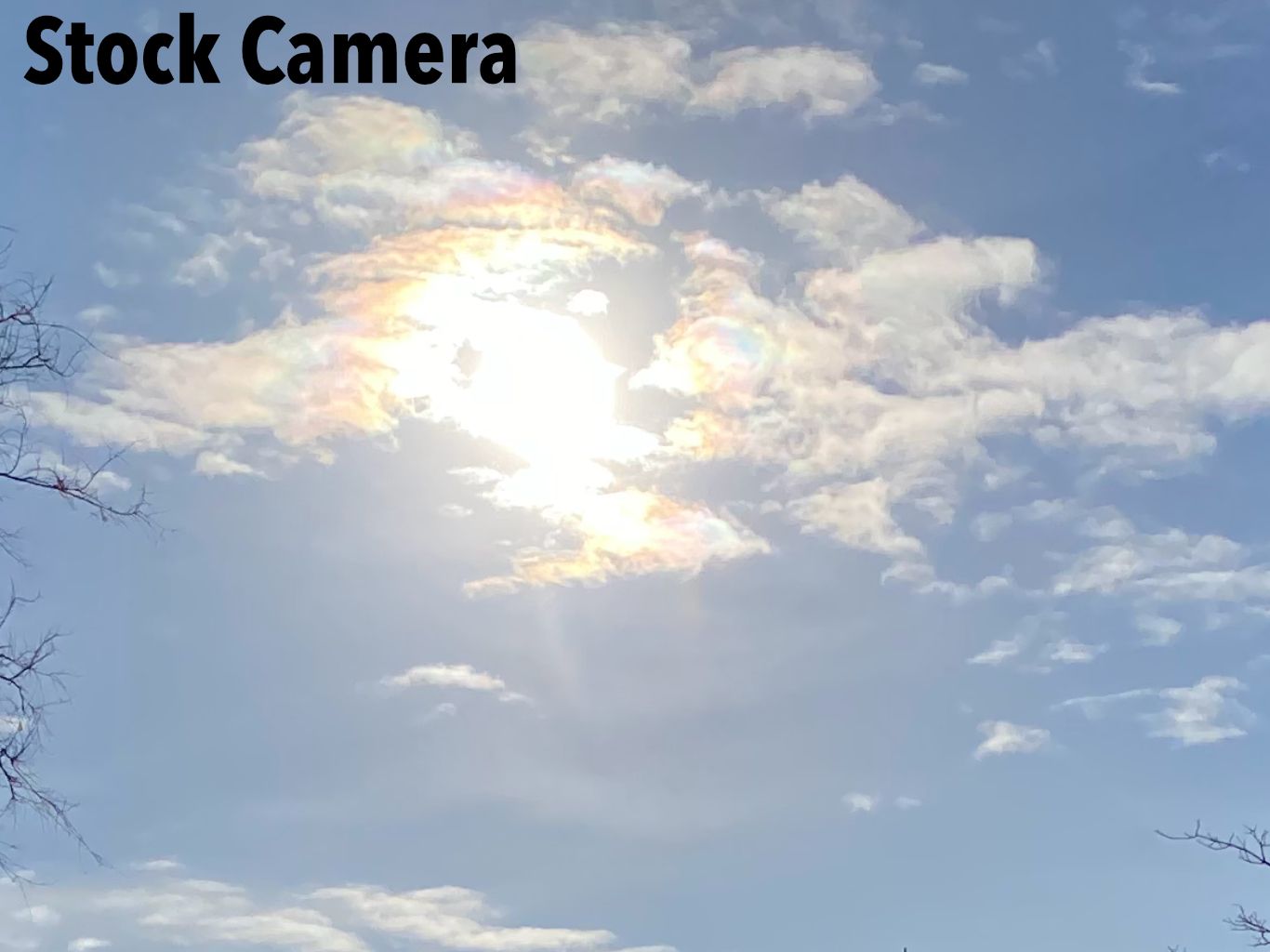
Again, Halide doesn’t seem to be built to handle this as well (I can get a little more detail by cranking down the exposure of the image, but then everything else looks like trash), so this is a two horse race again. This is pretty close, because the stock camera app gets more separation between the sun and clouds, but Lightroom has much better looking clouds and lacks the overly orange color around the sun. I’m going to consider this one a personal taste issue, so whichever you prefer is the winner.
Conclusion
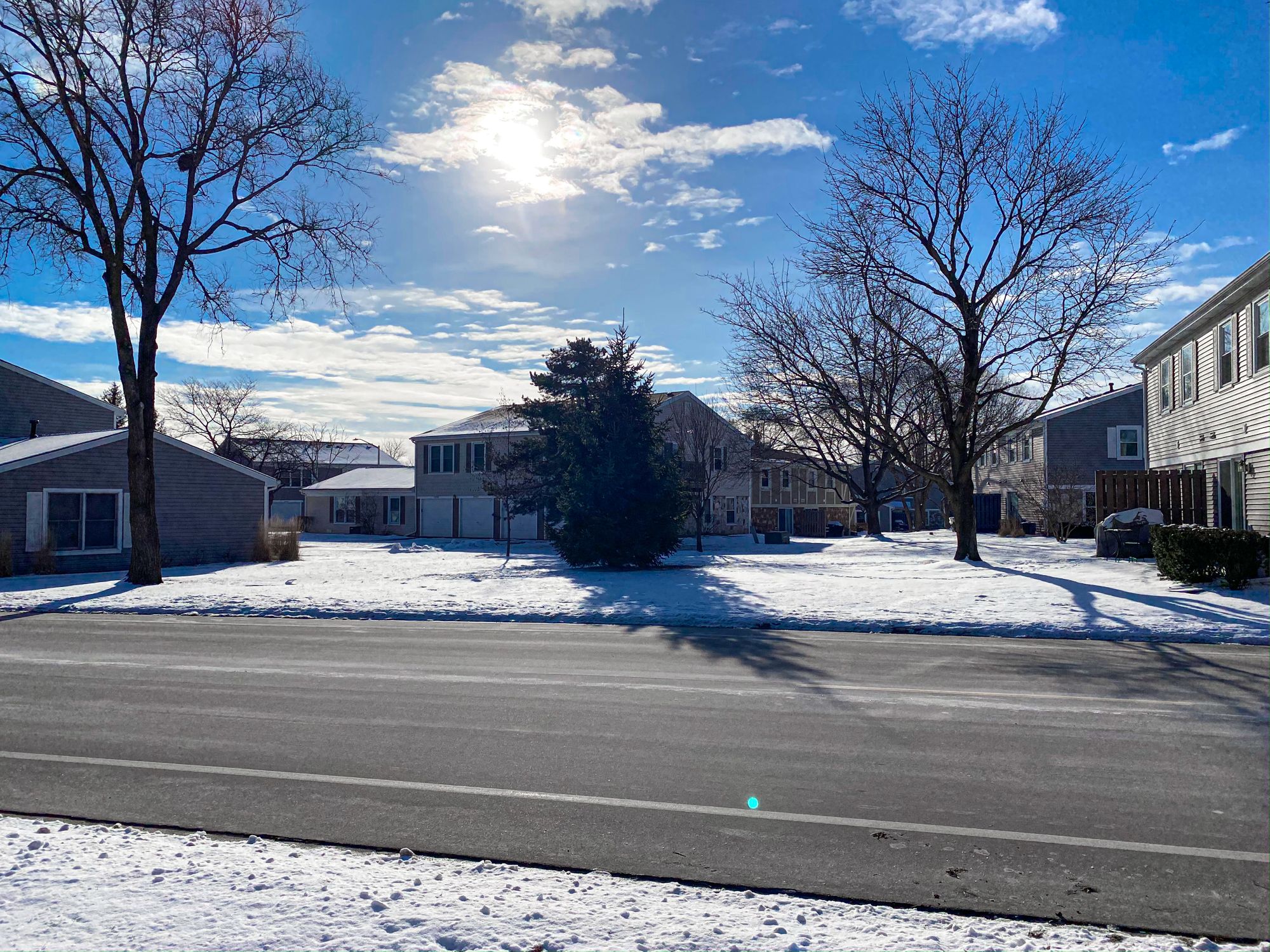
In this specific shot, I think the iPhone’s stock camera app does the best job of producing the best image with the most acceptable downsides. Yes, the sun has some coloring issues, but I fixed those in (ironically) Lightroom in 5 seconds. Yes, the clouds are overly “painterly” as the machine learning didn’t love the wispiness of the clouds, but I can live with that since you only really notice it when zooming in.
Overall, the stock app continues to impress me with its ability to get great photos in many situations all without making me think about much other than composition, which is excellent. Oh, and while Lightroom, which I love as well, takes about 1 second to capture it’s multiple images in its HDR mode, the stock app does it effectively instantly.


